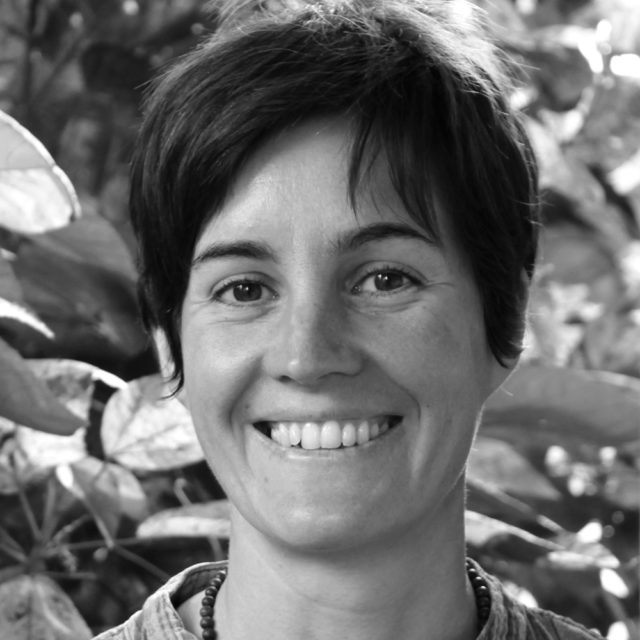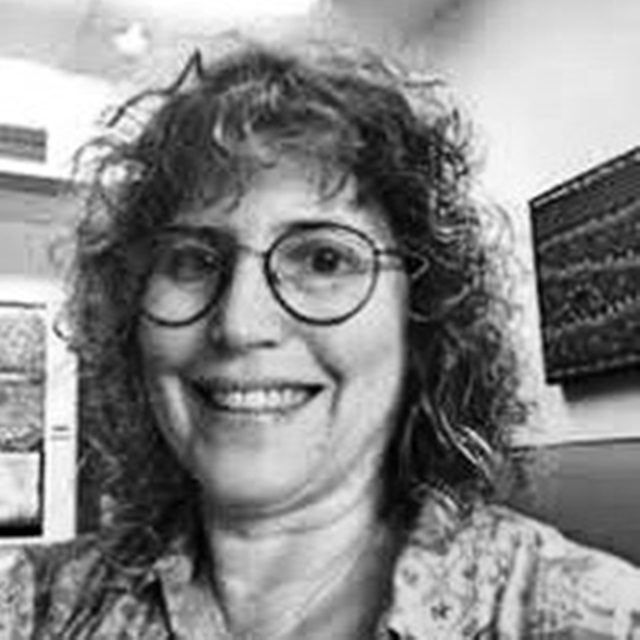Australia’s Linguistic Landscape
Participants
-
Jaky Troy
Jaky Troy
-
Felicity Meakins

Felicity Meakins
Felicity Meakins is an ARC Future Fellow in Linguistics at the University of Queensland and a CI in the ARC Centre of Excellence for the Dynamics of Language. She is a field linguist who specialises in the documentation of Australian Indigenous languages and the effect of English on these languages. She has worked as a community linguist as well as an academic over the past 20 years, facilitating language revitalisation programs, consulting on Native Title claims and conducting research into Indigenous languages. She has compiled a number of dictionaries and grammars of traditional Indigenous languages and has written numerous papers on language change in Australia. Meakins is also a co-author of the textbook ‘Understanding Linguistic Fieldwork’ (Routledge, 2019).
-
Kate Burridge
-
John Hajek
-
Ingrid Piller
Mediator
-
Ilana Mushin

Ilana Mushin
Ilana Mushin is Associate Professor at the University of Queensland, specialising in pragmatics, typology, and interactional linguistics in Australian Aboriginal languages, especially Garrwa. She has also recently worked on early years classroom interaction and on Queensland varieties of Aboriginal English. She is President of the Australian Linguistic Society (2020-2023).
Abstract →
Australia’s Linguistic Landscape
Australia’s history stretches back at least 60,000 years with ancient settlement by its First Nations Peoples across the vast island country, uninterrupted by further external migration until its colonisation by the British in 1788 and a further explosion of migration from war-torn Europe from the middle 20th century and many other parts of the world since then. The languages spoken in Australia today are reflection of this unique history: First Nations languages capturing the continuity of the world’s oldest living cultures as well as the impacts of colonisation, varieties of English that reflect the mix of British colonial rule over an every increasing diversity of linguistic and cultural heritages; and the languages of more recent migrants that echo the places from whence they came.
This panel will cover the diversity of language use in contemporary Australia both as a reflection of its past and a harbinger of its future.
